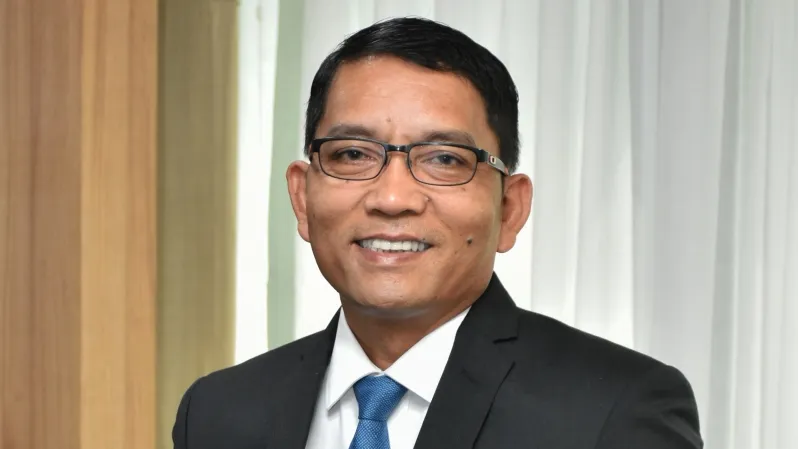
Indonesia’s new regulation speeds up energy transitions
The government has issued Presidential Regulation No. 112 of 2022 to limit the coal-fired power plants and gradually reduce coal consumption.
Currently, there are only 12.2% renewables in Indonesia’s power generation mix, which means that more than 85% are still fossil-based energy—coal 38%, oil 33%, and natural gas 17%. However, the new regulation will set the country to undergo a renewed and aggressive commitment to transition to cleaner energy. It will also limit the construction of new coal-fired power plants (CFPPs) and encourage the implementation of CFPPs early retirement in Indonesia.
Last September, Indonesia just submitted Enhanced Nationally Determined Contribution (E-NDC) with an increased emission reduction target from 29% or equivalent to 835 million tons CO2 to 32% or equivalent to 912 million tons CO2 in 2030. Energy contributes about 10.9% of the 29% total emission reduction target or equivalent to 314 million tons of CO2 and higher up to 12.5% of the 32% total emission reduction target or equivalent to 358 million tons of CO2 under the E-NDC scenario.
"During the G20 Energy Transition Ministerial Meeting 2022 in Bali, the Ministry of EMR and IEA signed a Joint High-Level Statement and launched the IEA’s roadmap for the energy sector in Indonesia. The IEA’s roadmap shows the international perspective of the energy sector in Indonesia and will be considered as important aspects for energy sector based on national circumstances," said Dadan Kusdiana, Director General of New, Renewable Energy, and Energy Conservation, Ministry of Energy and Mineral Resources of Indonesia.
Investments and incentives
In the roadmap, the ministry identified new renewable energy (NRE) investment of US$1.108b or an average of US$28.5b is required per year to reach 708 gigawatt (GW) capacity by 2060. This large investment need cannot be met with State Budget alone, so Indonesia needs investors both from within and outside the country, Dadan explained.
“In line with this, the government continues to encourage the development of attractive and affordable NRE funding scheme by collaborating and involving international financial institutions and funding facilities such as the Sustainable Energy Fund, Green Climate Fund, Clean Energy Fund, SDG Indonesia One, Tropical Landscape Finance Facility, Global Green Sukuk, as well as other sources of green economy funding from ADB, World Bank, JICA, KOICA, and BPDLH,” said Dadan.
The banking sector has started to get involved in the preparation of funding schemes that adapt to the risk characteristics of new renewable energy projects. For example, national banks have offered funding package for the installation of solar PV rooftop for households.
To facilitate and increase project feasibility, the government also provides incentives to accelerate the development of renewable energy and energy conservation, amongst others are Tax Allowance and Tax Holidays for renewable energy investment (with certain requirements), Import Duty Facilities for power generation raw materials, Geothermal Sector Infrastructure Financing and Geothermal Resource Risk Mitigation for geothermal, and BPDPKS Fund for biofuels.
Utilisation of renewable energy
The renewable energy potential includes hydro potential spread throughout Indonesia, especially in Kaltara, NAD, West Sumatra, North Sumatra, and Papua; solar potential in NTT, West Kalimantan, and Riau which has higher radiation; wind potential (>6 m/s) mainly found in NTT, South Kalimantan, West Java, South Sulawesi, NAD and Papua; sea energy potential across Maluku, NTT, NTB, and Bali; and geothermal potential spread over the ring of fire areas, covering Sumatra, Java, Bali, Nusa Tenggara, Sulawesi, and Maluku.
“Currently, only 0.3% (12,418 megawatt [MW] – Q3 2022) of the total potential of 3,686 GW has been utilised with the following details: solar energy 255 MW (from 3,295 GW potential), hydro energy 6,679 MW (from 95 GW potential), bioenergy 3,037 MW (from 57 GW potential), wind energy 154 MW (from 155 GW potential), and geothermal energy 2,293 MW (from 24 GW potential)," said Dadan.
“We prioritise solar energy development in the future considering its huge potential, PV mini-grid construction having short development period and its increasingly competitive investment costs," he added.
Renewable energy generation is targeted to increase by 20.9 GW in 2030 as stated in the RUPTL of PT PLN (Persero) 2021-2030. The additional power plant project requires an investment of around US$55.18b and will reduce GHG emissions by 89 million tons of CO2e.
Meanwhile, in the NZE planning for the energy sector in 2060, it is projected that electricity generation renewable energy will reach 700 GW. On the non-electricity side, the government has implemented the mandatory B30 program, which created a mixture of 30% biodiesel and 70% diesel fuel. As of September 2022, 7.39 million kilolitres (kL) have been utilised from the 2022 final target of 10.1 million kL. Currently, a road test on the use of B40 is being carried out which is expected to further increase the share of renewable energy from the use of biofuels which will have an economic impact in the form of saving foreign exchange.
Setting the purchase price of electricity
The use of renewable energy will also be regulated in terms of the purchase price of electricity. The power purchase price is the price used in the Power Purchase Agreement (PPA) and will be valid until commercial operations. It will be evaluated annually against the latest average PLN contract price. The evaluation will be carried out by the Minister of Energy and Mineral Resources in coordination with the Minister of Finance and the Minister of State-Owned Enterprises (SOEs).
Meanwhile, the power purchase price from renewable energy is determined through negotiation provisions with an upper limit based on the highest benchmark price without escalation during the PPA period and applies as price approval from the minister. In addition, the formulation of the purchase price of renewable energy electricity also consists of an agreed price with or without taking into account the location factor.
The price of renewable energy electricity based on the Highest Benchmark Price (HPT) uses two stages, where the second stage is without escalation with the location factor that applies to the first stage for all capacities, including Hydroelectric Power Plants (PLTA), Geothermal Power Plant (PLTP), Photovoltaic Solar Power Plant (PLTS), Wind Power Plant (PLTB), Biomass Power Plant (PLTBm), Biogas Power Plant (PLTBg), capacity addition (expansion) PLTP, PLTA, PLTS Photovoltaic, PLTBm, and PLTBg, as well as excess power of PLTP, PLTA, PLTBm, and PLTBg.
Stop additional CFPPs
Presidential Regulation 112/2022 also regulates the government's commitment to the energy transition, which begins with the absence of plans for additional CFPPs, except those listed in the RUPTL of PT PLN (Persero) 2021-2030, as well as CFPPs integrated with strategic industries.
"For CFPPs entering the retirement period, the electricity supply will be replaced with renewable energy plants, such as PLTA/M/MH, PLTP, PLTS, PLTB, PLTP, and PLT Bioenergy. The Ministry of Energy and Mineral Resources along with related Ministries/Agencies and PLN are currently reviewing the potential for early retirement of several CFPPs in Indonesia," said Dadan.
"This study includes a discussion of the techno-economic feasibility of the early retirement of the CFPPs as well as the potential volume of CO2e emissions that can be avoided by replacing it from renewable sources," he added.
Currently, the process of compiling a roadmap for accelerating the termination of the CFPPs operational period is being compiled to be further included in a sectoral planning document which is also coordinated with the Minister of Finance and the Minister of SOEs.
The CFPPs retirement plan is still being discussed in depth to ensure the funding capability of the program, which has been accompanied by a risk mitigation study, including in the context of gradually reducing coal consumption.
Reduce coal consumption
Dadan revealed that there are several strategies to reduce coal consumption, like implementing the Cofiring Program or mixing biomass as fuel in CFPPs.
As of August 2022, 32 CFPPs have implemented the Cofiring Program commercially, requiring 292 thousand tons of biomass and producing green energy equal to 340 GWh. In 2025, the target is 52 steam power plants which will require 450 thousand tons of biomass.
Currently, the government is preparing the Draft Regulation of the Minister of Energy and Mineral Resources on the Utilisation of Biomass as a Fuel Mixture in CFPPs.
"This will also gradually replace the electricity provided by coal-fired power plants to renewable energy power plants, especially those that have entered the end of operations," said Dadan, adding that the government was also taking steps to utilise clean coal by encouraging the downstream coal program so that it can substitute fuel and gas fuels, as well as raw materials for the chemical industry (Methanol and DME).
"Finally, we also utilise Carbon Capture Storage/Carbon Capture Utilisation and Storage (CCS/CCUS) technology to absorb the greenhouse gas emissions produced," he said.
In the near future, one of the milestones in the energy transition implementation in Indonesia will be realised by achieving renewable energy targets in the national energy mix by 23% in 2025, Dadan concluded.
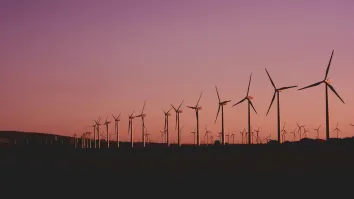
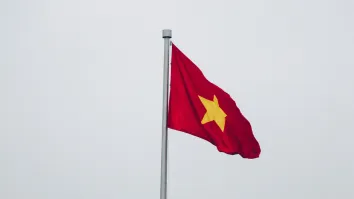
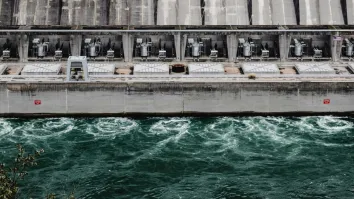
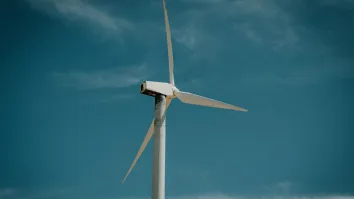













 Advertise
Advertise






